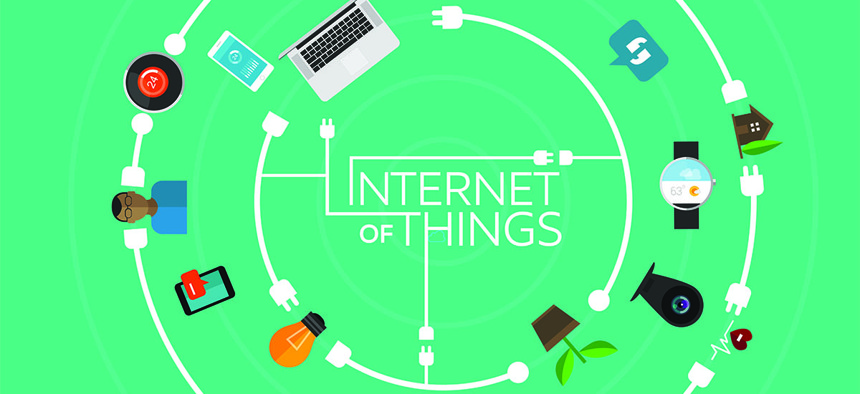Report: Federal ‘Internet of Things’ Spending Up by 20 Percent

Bakhtiar Zein/Shutterstock.com
Agencies spent $8.8 billion on connected technology in the 2015 fiscal year, mostly on wireless devices and sensors.
Federal agencies are spending more money on sensor-driven technology, a new report shows.
NASA uses the connected network of sensors and devices to observe earth and space patterns. The Homeland Security Department uses the same kind of network to surveil the U.S. border. The Pentagon uses that system, known as the internet of things, to help soldiers gain situational awareness.
The government spent $8.8 billion on the internet of things in fiscal 2015, driven mostly by defense spending, according a report from research analysis firm Govini. (Govini and Nextgov's parent organization, Government Executive Media Group have a data-sharing partnership.)
That's a 20 percent increase from fiscal 2014, according to the report. Sensor spending, in particular, saw a 56 percent increase from the previous year. Cloud storage for the data those sensors gather saw a 48 percent increase.
Defense agencies accounted for 88 percent of the sensor spending over the past four years, the report found. This includes Lockheed Martin’s Persistent Threat Detection System, which uses tethered aircraft known as aerostats to observe the surrounding area.
Large contractors, including Raytheon, Lockheed Martin, BAE Systems and Northrop Grumman dominated the internet of things supply, according to Govini.
But there could still be room for newcomers to enter the federal internet of things market, Govini’s director of analytics, Matt Hummer, told Nextgov in an interview.
Because of federal information security protocols, it’s easier for startups and smaller manufacturers to partner with prime contractors on the internet of things, especially as requests for proposals for building out that network rarely include the term “internet of things,” Hummer said.
Across the federal government, agencies appear most interested in applications that expedite employees’ processes, Hummer said. The technology they’re buying is “more about internal workflow,” he said, though he predicted the next wave of contracts would be directed at citizen-facing projects.





